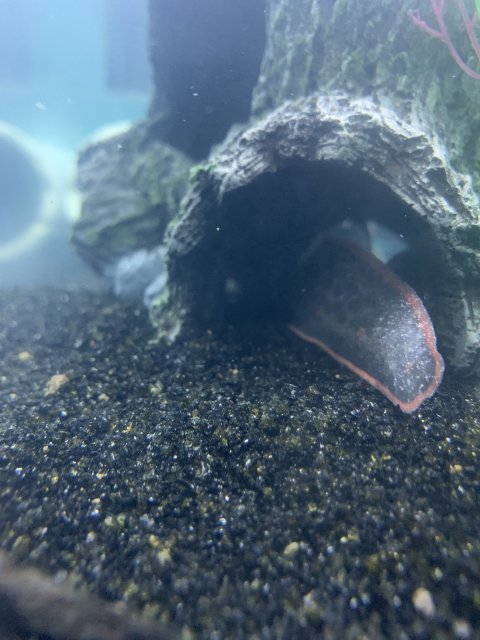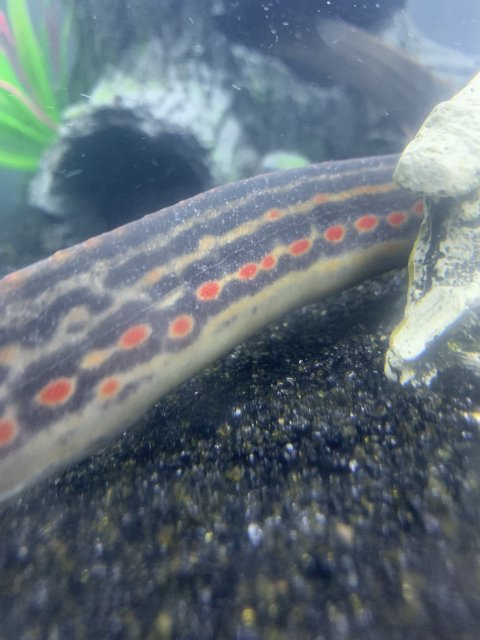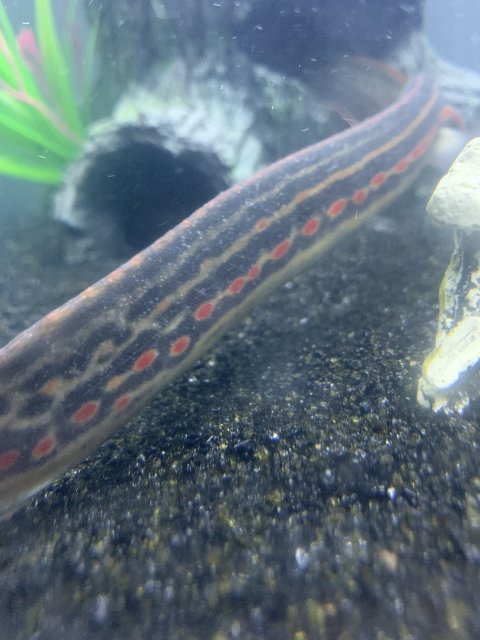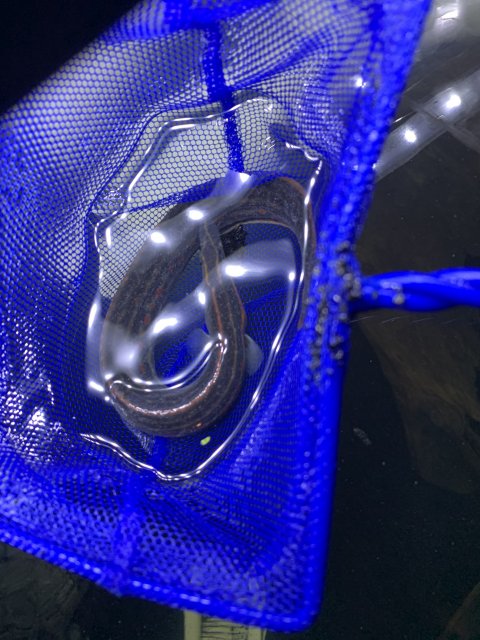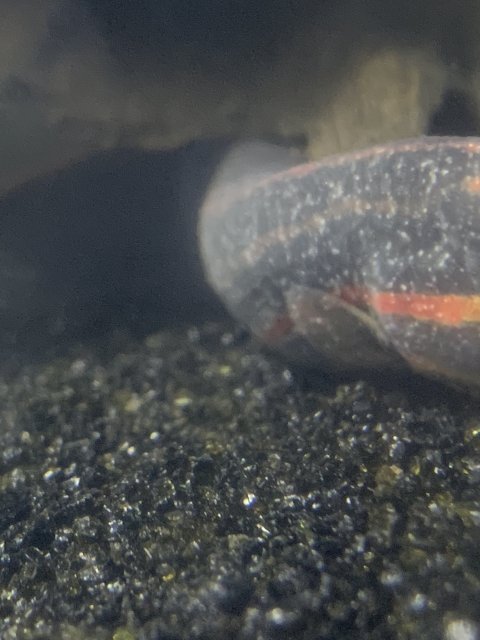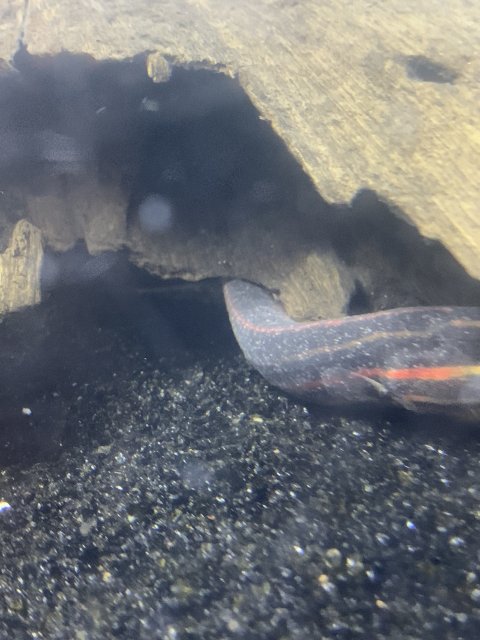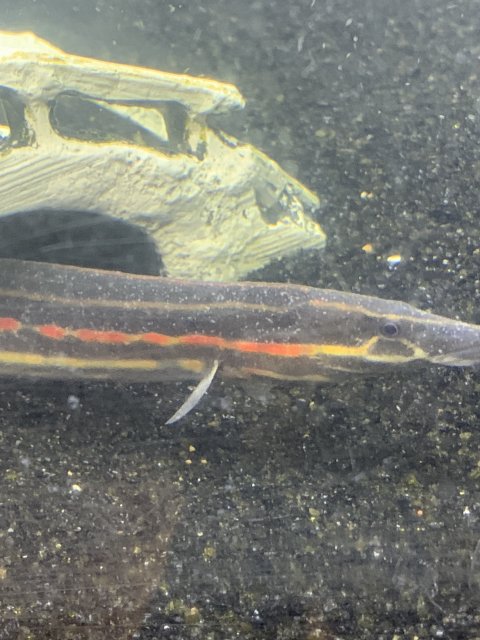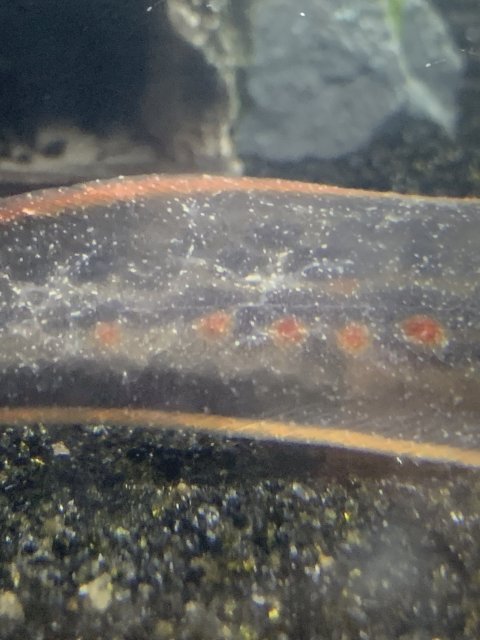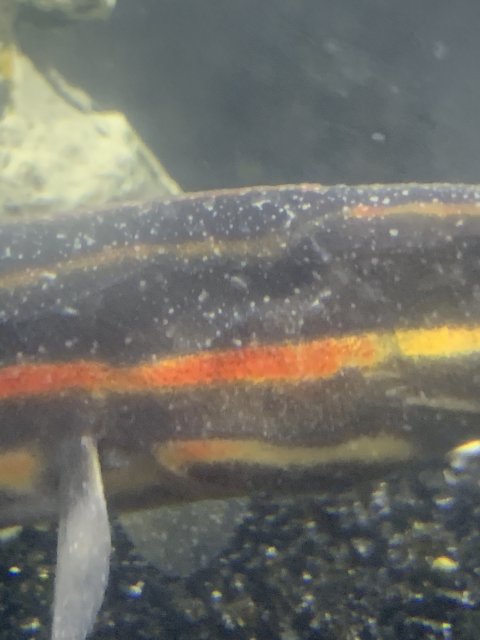2 days that’s it but it should be getting better not worse right ?
Hello; No two days is not necessarily time for the infestation to subside. Here is my take on the sequence of events. There are three main stages of the parasite's life. We first see it as spot on a fish. This is the adult stage and it cannot be treated. The adult parasites attach to a fish and stay a while feeding on the fish. They are immune to treatment any treatment I know of. We just have to wait for the adults to die off on their own which can take several days.
Sometime after the adults are visible they produce eggs which fall into the water and I take it sink to the substrate. The eggs cannot be killed either. The eggs hatch in a few days.
When the eggs hatch the young parasites swim about looking for a host fish to attach to. This stage can be killed. The treatment many prefer is to add a sufficient amount of salt so there is a solution stout enough to kill this hatched stage. However the adults and eggs are not killed so the salt solution must be maintained for most likely weeks.
In fact as the adults leave the fish we should keep up with the salt for around ten days after the last spot is seen on a fish. This is so the eggs that have not yet hatched can have time to hatch.
The heat helps in speeding up the life cycle of the parasite so the process takes less time but it can still take weeks. That your fish is getting worse after two days can mean there are many eggs still hatching out.
If the other fish do not get the spots you may have some problem other than ich.
